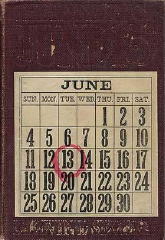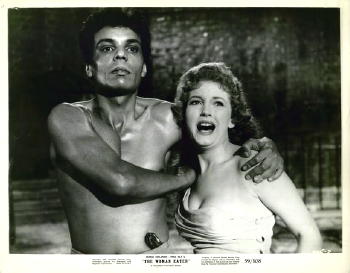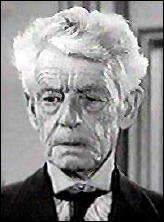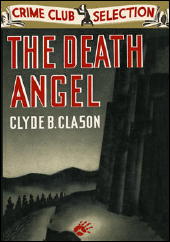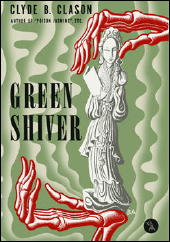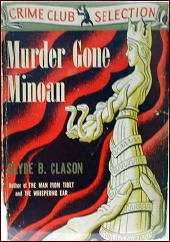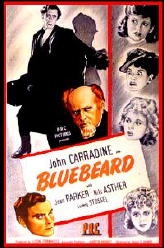FORTY INTERESTING BIOGRAPHIES
OF MYSTERY WRITERS
A List by Josef Hoffmann
This list contains only biographies which are written about one crime writer or a couple who works together. It does not include books which have two or three short biographies like Master of the “Humdrum” Mystery: Cecil John Street, Freeman Wills Crofts, Alfred Walter Stewart and the British Detective Novel 1920-1961 by Curtis Evans.
Furthermore the list does not contain autobiographies of the writers like G. K. Chesterton’s Autobiography or memories of partners or relatives like Dashiell Hammett: A Daughter Remembers by Jo Hammett or Highsmith – A Romance of the 1950s by Marijane Meaker (Vin Packer).
Also the list does not contain biographical fiction like Arthur and George by Julian Barnes about Arthur Conan Doyle.
I cannot say that the selected biographies are the best because there are many more I do not own and have not read. I also have to admit that I have not read all forty biographies on the list in full length because some I use only as reference books. Fortunately most of them have an index where you can look for special names, books and events. I am sure that I missed several real gems on my list, and I hope that readers will supplement the list with their comments.
The list presents the books in the chronological order of the lives of the mystery writers. It begins with the oldest and ends with the youngest person.
Poe, Edgar Allan (1809-1849)
Ackroyd, Peter: Poe: A Life Cut Short, Vintage Books 2009
Symons, Julian: Tell-Tale Heart: The Life and Works of Edgar Allan Poe, Penguin Books 1981
Zumbach, Frank T.: Edgar Allan Poe. Eine Biographie, Winkler 1986
Collins, Wilkie (1824-1889)
Klimaszewski, Melisa: Brief Lives: Wilkie Collins, Hesperus 2011
Doyle, Arthur Conan (1859-1930)
Carr, John Dickson: The Life of Sir Arthur Conan Doyle, Pan 1953
Lycett, Andrew: The Man Who Created Sherlock Holmes, FREE PRESS 2007
Stashower, Daniel: Teller of Tales: The Life of Arthur Conan Doyle, Henry Holt & Company 1999
Chesterton, Gilbert Keith (1874-1936)
Pearce, Joseph: Wisdom and Innocence: A Life of G. K. Chesterton, Hodder & Stoughton 1996
Ward, Maisie: Gilbert Keith Chesterton, Rowman & Littlefield 2005
Wallace, Edgar (1875-1932)
Lane, Margaret: Edgar Wallace: The Biography of a Phenomenon, Doubleday, Doran 1939
Van Dine, S. S. (1888-1939)
Loughery, John: Alias S. S. Van Dine, Charles Scribner’s Sons 1992
Chandler, Raymond (1888-1959)
Hiney, Tom: Raymond Chandler: A Biography, Vintage Books 1998
MacShane, Frank: The Life of Raymond Chandler, E. P. Dutton & Co. 1976
Williams, Tom: A Mysterious Something in the Light: Raymond Chandler: A Life, Aurum Press 2012
Christie, Agatha (1890-1976)
Morgan, Janet: Agatha Christie: A Biography, HarperCollins 1984
Osborne, Charles: The Life and Crimes of Agatha Christie, HarperCollins 2000
Cain, James M. (1892 -1977)
Hoopes, Roy: Cain: The Biography of James M. Cain, Southern Illinois University Press 1987
Sayers, Dorothy Leigh (1893-1957)
Hitchman, Janet: Such a Strange Lady: A Biography of Dorothy L. Sayers, New English Library Hodder and Stoughton 1988
Hone, Ralph E.: Dorothy L. Sayers: A Literary Biography, Kent State University Press 1979
Hammett, Dashiell (1894-1961)
Johnson, Diane: The Life of Dashiell Hammett, Picador 1985
Layman, Richard: Shadow Man: The Life of Dashiell Hammett, Harcourt Brace Jovanovich 1981
Mellen, Joan: Hellman and Hammett: The Legendary Passion of Lillian Hellman and Dashiell Hammett, HarperCollins 1996
Nolan, William F.: Hammett – A Life at the Edge, St Martin’s Press 1983
Marsh, Ngaio (1895-1982)
Lewis, Margaret: Ngaio Marsh: A Life, Chatto & Windus 1991
Glauser, Friedrich (1896-1938)
Saner, Gerhard: Friedrich Glauser. Eine Biographie, Suhrkamp 1981
Woolrich, Cornell (1903-1968)
Nevins, Francis M., Jr.: Cornell Woolrich: First You Dream, Then You Die, The Mysterious Press 1988
Simenon, Georges (1903-1988)
Bresler, Fenton: The Mystery of Georges Simenon, Heinemann 1983
Eskin, Stanley G.: Simenon. A Critical Biography, McFarland&Company 1987
Marnham, Patrick: The Man Who Wasn’t Maigret: A Portrait of Georges Simenon, Bloomsbury 1992
Dent, Lester (1905-1969)
Cannaday, Marilyn: Bigger Than Life: The Creator of Doc Savage, Bowling Green State University Popular Press 1990
Queen, Ellery: Fredric Dannay (1905-1982), Manfred Bennington Lee (1905-1971)
Nevins, Francis M.: Ellery Queen: The Art of Detection: The Story of How Two Fractious Cousins Reshaped the Modern Detective Novel, Perfect Crime Books 2013
Thompson, Jim (1906-1977)
McCauley, Michael J.: Jim Thompson: Sleep with the Devil, Mysterious Press
Polito, Robert: Savage Art: A Biography of Jim Thompson, Vintage Books 1996
Fleming, Ian (1908-1964)
Pearson, John: Alias James Bond – The Life of Ian Fleming, Bantam Books 1967
Himes, Chester (1909-1984)
Muller, Gilbert H.: Chester Himes, Twayne Publishers 1989
Ambler, Eric (1909-1998)
Howald, Stefan: Eric Ambler. Eine Biographie, Diogenes 2002
Marlowe, Dan J. (1914-1986)
Kelly, Charles: Gunshots in Another Room: The Forgotten Life of Dan J. Marlowe, Asclepian Imprints 2012
Macdonald, Ross (1915-1983)
Nolan, Tom: Ross Macdonald: A Biography, Poisoned Pen Press 2001
MacDonald, John D. (1916-1986)
Geherin, David: John D. MacDonald, Frederick Ungar 1982
Highsmith, Patricia (1921-1995)
Wilson, Andrew: Beautiful Shadow: A Life of Patricia Highsmith, Bloomsbury 2004.
